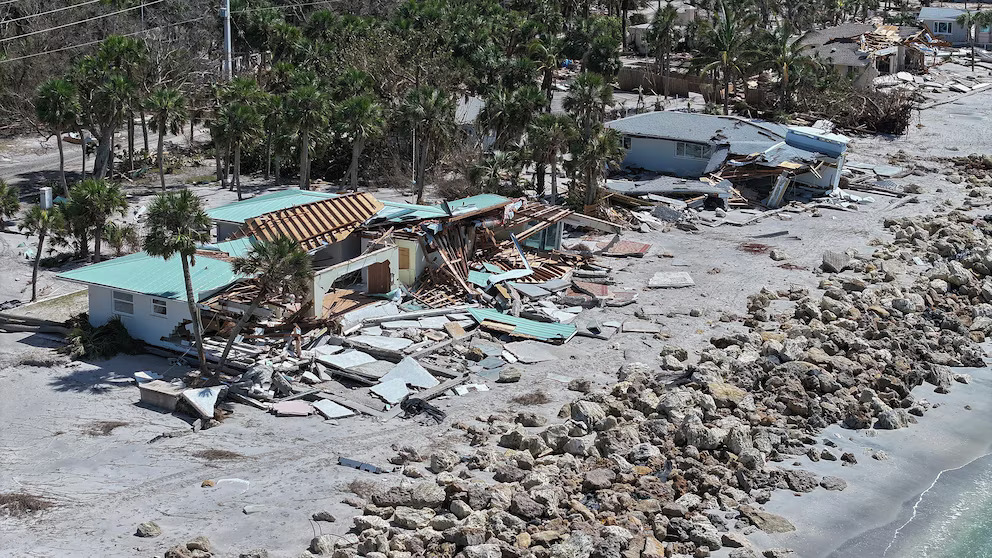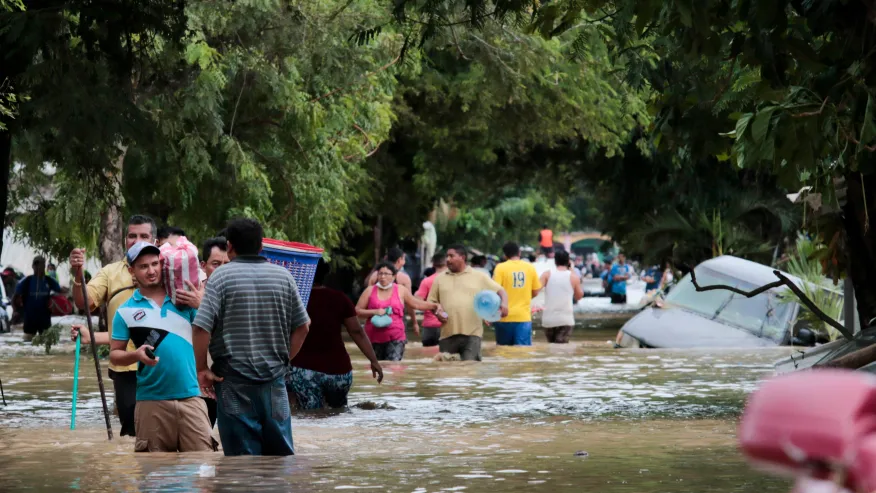Tropical Storm Sara, the third named storm of November, highlights the ongoing nature of the Atlantic hurricane season, which typically ends on November 30. Sara formed in the western Caribbean Sea and made landfall in Honduras, bringing heavy rain and causing potential flooding as it moved slowly across Central America.
Forecasters predict that some areas could receive up to 40 inches of rain, and the storm is expected to weaken as it moves over Belize and the Yucatán Peninsula in the coming days. Sara follows Tropical Storm Patty, which affected the Azores, and Hurricane Rafael, which caused significant damage in the Caribbean.
November is typically a quieter month for hurricanes, with forecasters usually expecting only one named storm every one or two years. However, this November has been more active than usual.
The unusual intensity of this late season is partly due to the current weather conditions that remain favorable for storm development, such as warmer ocean temperatures. The National Hurricane Center noted that while the official hurricane season is over by the end of November, tropical storms can still form, as evidenced by Sara, Patty, and Rafael.

Late-Season Tropical Storm Sara Signals Unusual Activity as Atlantic Hurricane Season Nears End
Hurricane season traditionally runs from June 1 to November 30, with storms forming when ocean temperatures are at least 79°F (26°C), and wind shear is lower. These conditions allow hurricanes to grow and strengthen. As the fall progresses, wind shear tends to increase, making it more difficult for storms to form. Despite this, tropical systems like Sara continue to form in the warmer ocean waters of late autumn, as they can still find favorable conditions for development before the winds become too hostile.
Although hurricanes in November are not common, they are not unheard of. On average, there is one tropical storm in November every year or two, with hurricanes being rarer. From 1991 to 2020, one hurricane occurred roughly every two years in November.
Historically, 125 tropical storms have been recorded in November since 1851, with 63 becoming hurricanes. The most notable November hurricanes in recent years include Hurricanes Eta and Iota in 2020, both of which were devastating Category 4 storms that caused widespread destruction in Central America.
The question of whether climate change is extending the hurricane season is still debated among scientists. While there have been storms forming outside the official season, such as Hurricane Alex in January 2016, the role of climate change remains uncertain.
Some researchers suggest that rising sea surface temperatures could be contributing to longer storm seasons, but others caution that wind shear patterns still play a critical role in limiting the formation of storms outside the traditional hurricane season. However, there is agreement that climate change may be influencing the intensity of hurricanes, leading to stronger and more rapidly intensifying storms.











































